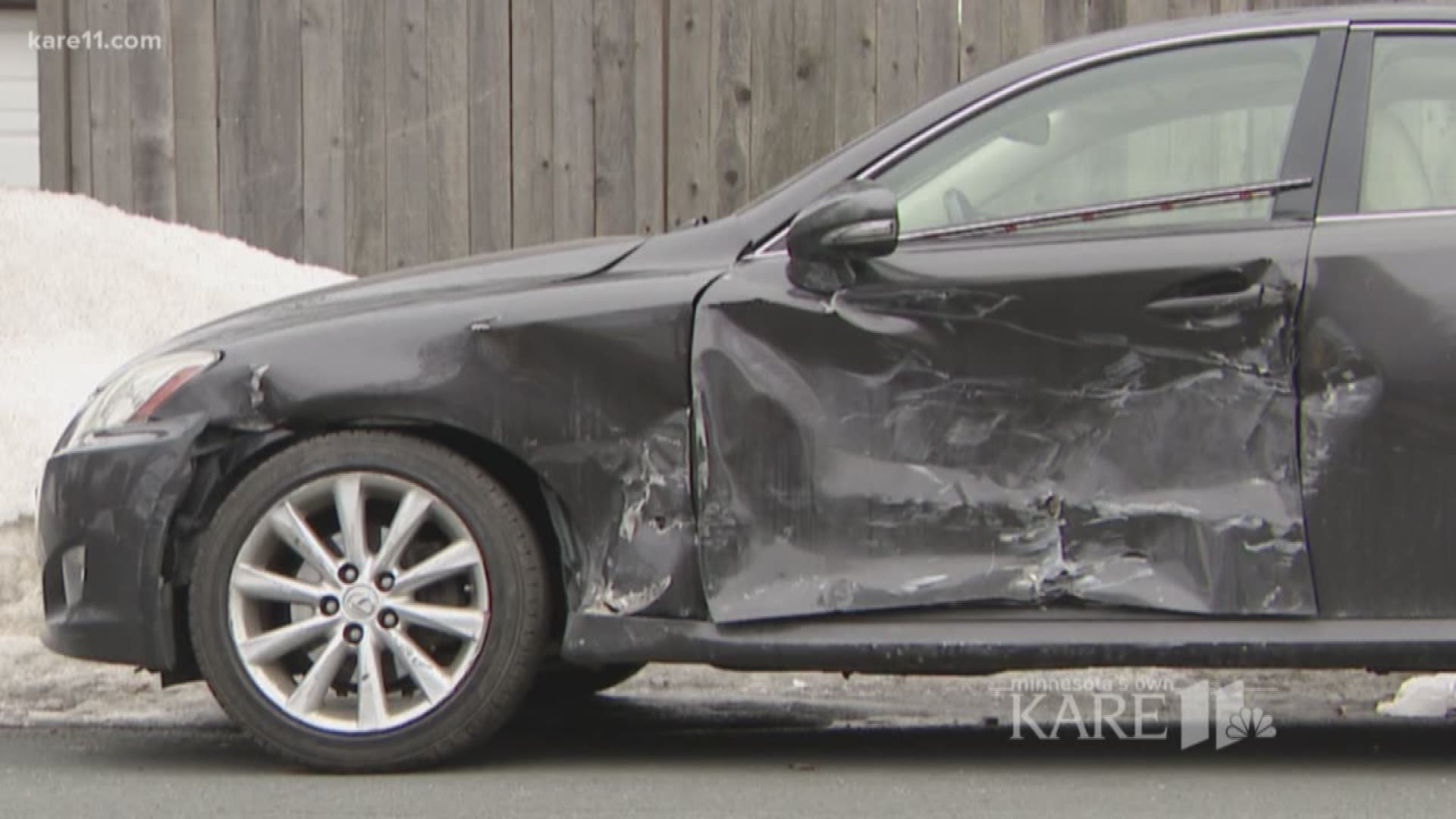MINNEAPOLIS - If you make money driving for Uber, Lyft or any other rideshare company, you may or may not have heard of rideshare coverage. The policies are relatively new and are not required in Minnesota. Some companies don't even offer them, but that doesn't mean they're worth ignoring.
Jack Reipke learned that lesson in the worst possible way.
"I think it was $10-20 a month extra for this rideshare insurance and absolutely I would have accepted that," Reipke said. "I (drove) for three weeks, for $8 I would have saved myself $15,000."
Reipke says he started driving for Uber and Lyft to help offset the cost of his new home and renovations.
"It seemed like an easy process to get in, a good way to make some extra cash," Reipke said.
During the signup process, Reipke provided the rideshare companies with proof of his own collision insurance. He also knew the companies offered their own coverage.
What he didn't realize is that when he was logged in to the rideshare networks but not actively picking someone up or driving them around, Reipke had a big gap in his coverage.
He found out about the issue while driving for Lyft two weeks ago. He says he had just dropped someone off when he had trouble with the app.
"Typically the app will automatically confirm drop-off, I continued to drive, to try to have that come up," Reipke said. "While distracted, looking at my phone, I turned the wrong way down a one-way."
Seconds later, Reipke says he was t-boned on his driver's side.
"It happened pretty quick," Reipke said. "I'm lucky I'm alive first off."
He says nobody was injured, but his luck ran out after he called to report his totaled car to his insurance company. Though he knew he was at fault, he expected his collision and gap coverage to help fix his car.
"They told me I was excluded because I was doing the rideshare," Reipke said.
He then filed a claim through Lyft's insurance carrier. But they notified him that, because he wasn't actively driving someone or on his way to pick someone up, the company would only provide liability coverage.
"There is a gap in the law," said Mark Kulda, spokesperson for the Insurance Federation of Minnesota.
Kulda says a recent state statute requires rideshare companies to cover insurance gaps, but it doesn't require anything more than liability coverage when drivers are logged in
"This case is a good example of why (law) change is needed," Kulda said.
But that won't happen for at least another year, meaning drivers should ask their personal insurance providers about rideshare coverage.
"Even if you're just a casual driver, it isn't that expensive, so it's actually a good coverage to have because it would close the gaps," Kulda said.
Though Lyft has denied Reipke's claim, he is asking the Minnesota Department of Commerce to take a look at it. In the meantime, he hopes others consider the extra coverage.
"There are other people that, I guarantee, are not protected," Reipke said.

